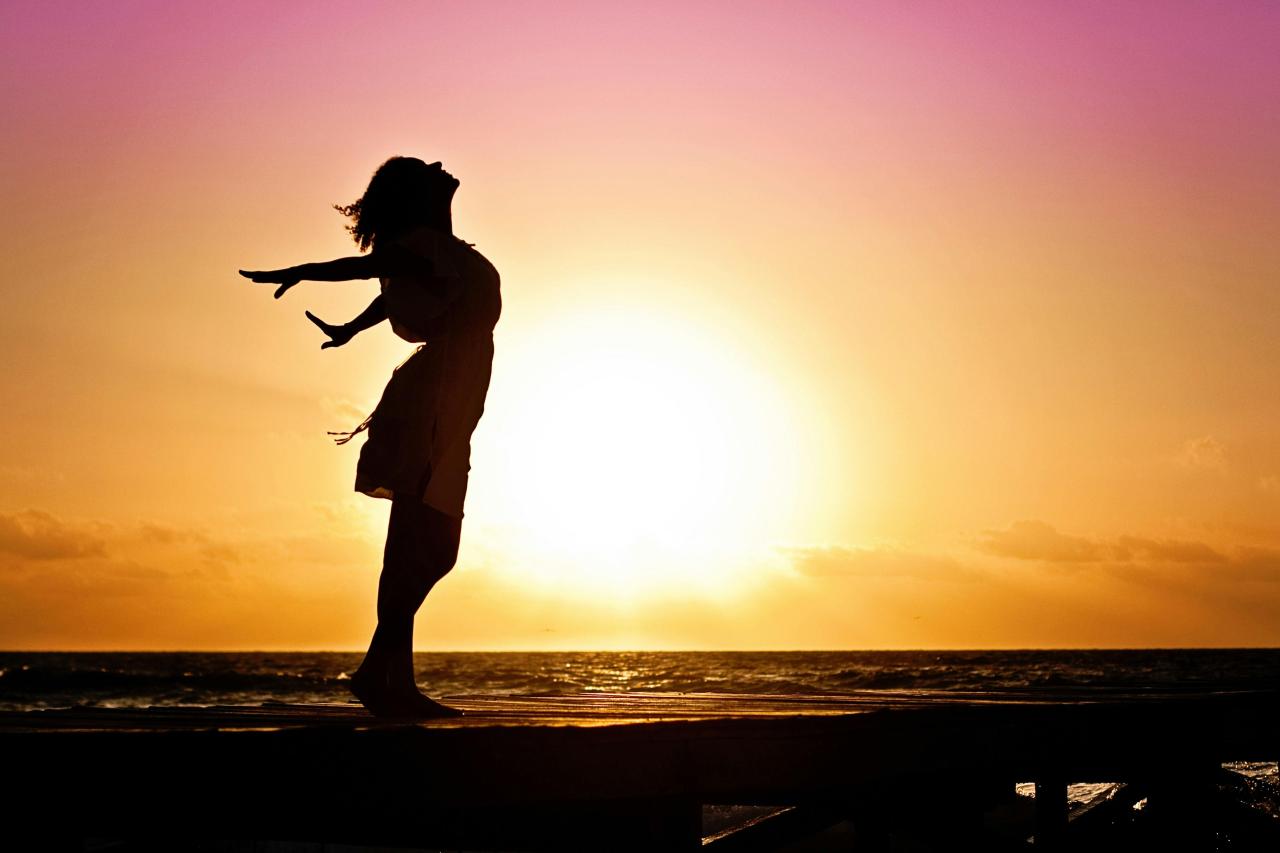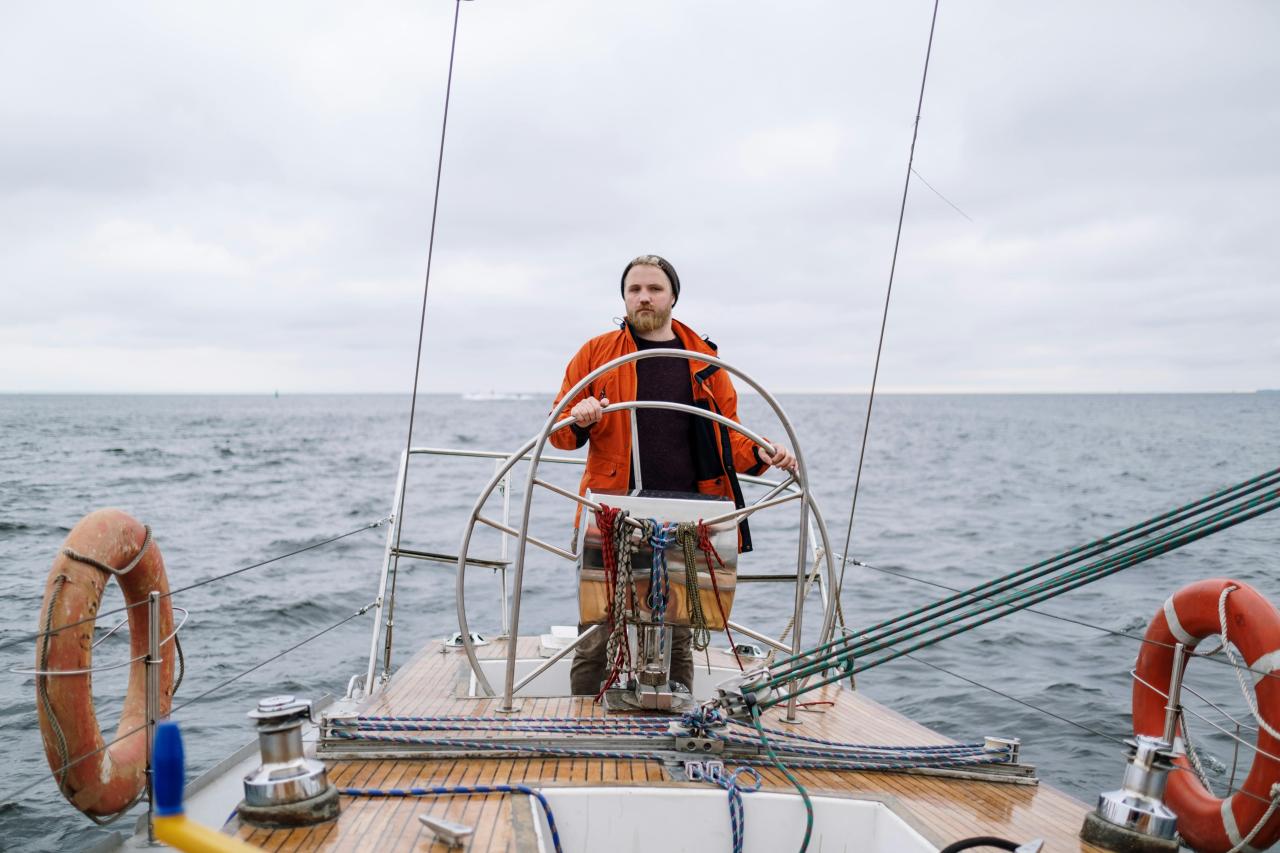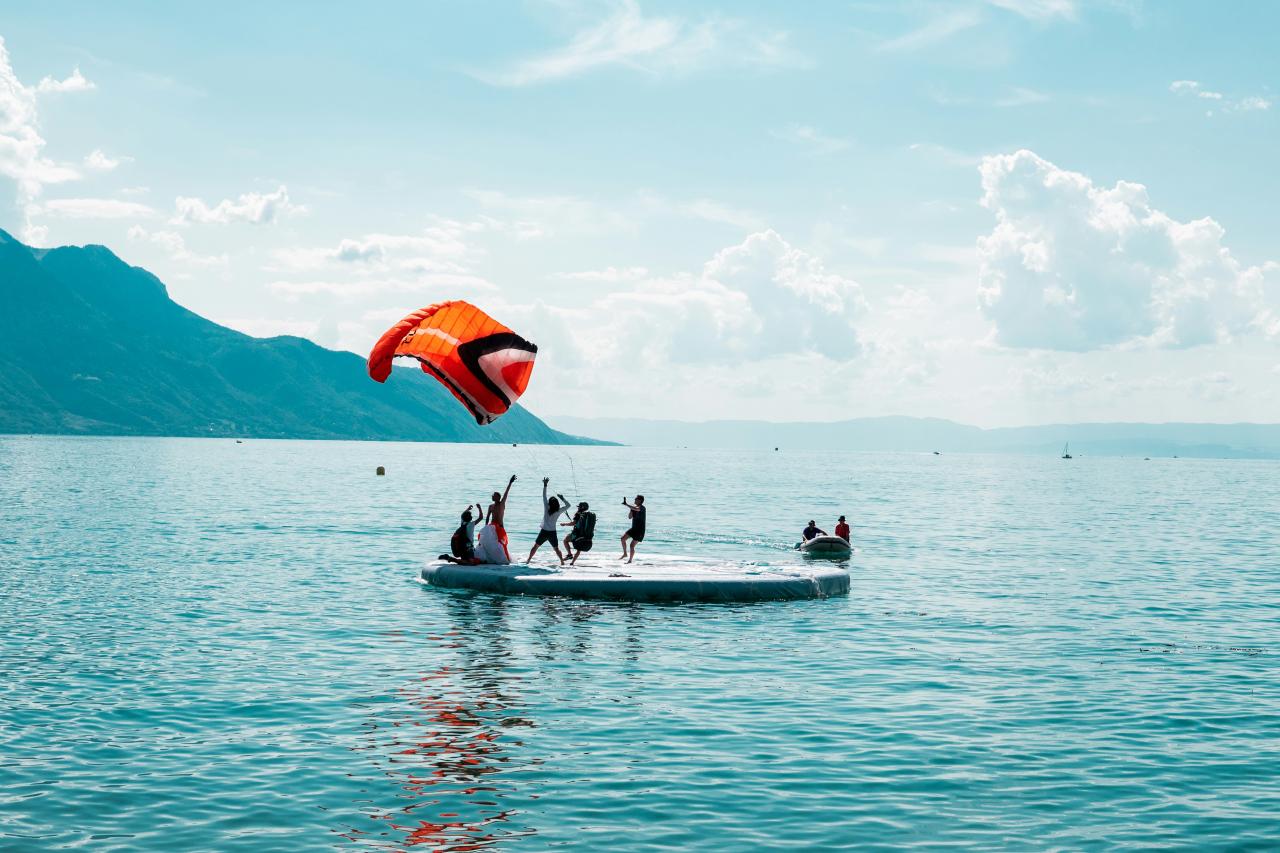The Ultimate Guide for Women in Boating: Tips and Practical Advice for an Unforgettable Experience

Boating is a captivating realm increasingly drawing women eager to discover the freedom of the sea. Whether you're a novice or an experienced sailor, this guide is crafted to provide essential insights and practical tips for a successful and secure maritime experience.
Preparation and Equipment: Your Key to Success
Choosing the Right Boat:
Selecting the appropriate boat is paramount. Assess your needs based on your skill level and intended use. A sailboat offers an authentic, environmentally friendly experience, while a motorboat may provide more comfort and speed. Consider size as well: a smaller boat is easier to maneuver but offers less living space and storage. Ensure the boat is well-equipped with essentials like GPS, sonar, and safety gear. Conduct a thorough inspection to check the overall condition, including the hull, sails (if applicable), engine, and electrical systems.
Safety Equipment:
Safety at sea should never be underestimated. In addition to life jackets for everyone onboard, ensure you have a survival raft capable of accommodating all occupants. Fire extinguishers should be easily accessible and in good working order. A well-stocked first aid kit is indispensable, along with distress flares and a waterproof flashlight. Don't forget to include a marine VHF for emergency communications and conduct regular safety drills with all crew members so they know what to do in case of trouble.
Training and Certifications:
Confident sailing necessitates adequate training. Look for navigation courses offering both theoretical sessions and practical hands-on experience. Women-specific training may provide a more comfortable and encouraging learning environment. Obtaining certifications such as coastal or offshore licenses (for open sea navigation) is crucial. These courses cover topics such as chart reading, navigation in challenging conditions, and emergency procedures. Also, participate in sea internships to gain practical experience under the supervision of experienced sailors.
Navigation Tips: Mastering the Basics
Route Planning:
Meticulous route planning is the cornerstone of safe navigation. Start by consulting detailed nautical charts and navigation guides to identify potential hazards like reefs, shallows, and busy traffic areas. Use navigation apps and GPS systems to plot your course and create waypoints. Take into account weather conditions, tides, and currents as they can significantly influence your navigation. Plan alternative routes in case of changing conditions.
Meteorology:
Understanding weather is essential for safe navigation. Learn to read and interpret marine weather forecasts, paying particular attention to storm warnings, weather fronts, and changes in atmospheric pressure. Use modern tools like marine weather apps and specialized websites for accurate forecasts. Be prepared to adjust your route or delay your departure in case of adverse weather conditions. Safety should always take precedence over the planned schedule.
Basic Maneuvers:
Mastering basic maneuvers is crucial for safe navigation. Regularly practice maneuvers such as docking and anchoring, which require good coordination and precise knowledge of your boat. Learn to perform tacks and jibes smoothly and safely. Familiarize yourself with emergency procedures, such as man overboard recovery. Practicing these maneuvers regularly enhances your skills and confidence at sea.
Life Onboard: Comfort and Well-being
Organization and Storage:
Space onboard is limited, so efficient organization is essential. Use stackable storage boxes and waterproof bags to maximize available space and protect your belongings from moisture. Clearly label each container for quick access to what you need. Use storage nets for commonly used items and install hooks to keep objects within reach. A tidy cabin not only improves comfort but also safety by avoiding items that could fall or obstruct movement.
Nutrition:
Proper meal planning is crucial for a pleasant life onboard. Opt for non-perishable and easy-to-prepare foods, such as canned goods, pasta, and legumes. Plan for fresh fruits and vegetables for the first few days, as well as energy snacks for times of low appetite or high activity. Ensure you have a reliable source of drinking water and enough reserves for the entire duration of the voyage. If you have fishing gear, this can also be a source of fresh food at sea.
Comfort and Hygiene:
Comfort onboard greatly contributes to a pleasant experience. Bring clothing suitable for changing conditions, including thermal layers, waterproof gear, and non-slip shoes. Invest in a good mattress and cushions to ensure restful sleep. For hygiene, use biodegradable products to preserve the marine environment. Pack solar shower bags for a source of hot water and wipes for days when showers are not possible. Good personal hygiene management contributes to your overall well-being and comfort.
Connectivity and Support: Never Be Alone
Women's Boating Networks:
Joining women's boating networks offers many benefits. These groups can provide moral support, practical advice, and opportunities to meet like-minded individuals. Participate in events and gatherings organized by these groups to share experiences and learn new skills. Many online communities, such as forums and Facebook groups, also offer space to ask questions and share advice.
Communication Technologies:
Ensure your boat is equipped with effective communication means. A VHF radio is indispensable for maritime communications and can be used to contact port authorities and other vessels in case of emergency. A satellite phone is a valuable option to stay in touch with land, especially if you're sailing far from the coast. Use personal locator beacons (PLBs) to ensure you can send a distress signal in case of trouble.
Sharing and Inspiration:
Share your adventures on social media, through blogs, or vlogs. Not only can this inspire other women to embark on boating adventures, but it also allows you to document your experiences and receive advice and encouragement from the community. Platforms like Instagram, YouTube, and personal blogs are excellent ways to showcase your journey, offer tutorials and equipment reviews, and connect with other boating enthusiasts.
Boating is an incredible adventure that allows you to discover breathtaking landscapes and create unforgettable moments. With meticulous preparation, solid skills, and the support of a caring community, women can sail with confidence and make the most of every boating outing. Whether you're a beginner or an expert, these tips and tricks will help you get the most out of your boating adventures. So, hoist the sails and set out to conquer the waves!




